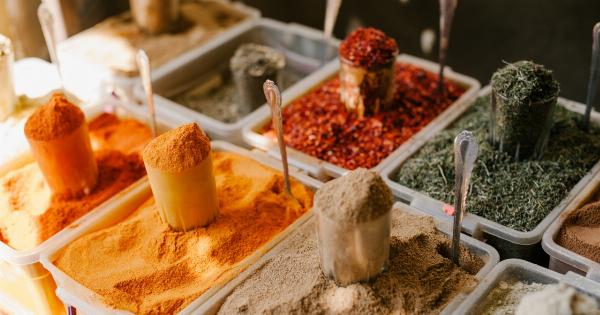Pasteurization is a process that dates back to the 19th century, and it is a technique that is still used today to make milk safe for consumption. Unfortunately, there are a lot of myths and misconceptions about this major breakthrough in public health.
Here are some of the most common misunderstandings that people have about milk pasteurization.
Myth #1: Pasteurization is Unnecessary
There are some people who believe that raw milk is healthier than pasteurized milk because it contains nutrients and enzymes that can be destroyed during the pasteurization process. Unfortunately, this belief is incorrect.
The truth is that raw milk can contain harmful bacteria, such as Salmonella, E. coli, and Listeria, which can cause serious illness or even death.
Pasteurization is a crucial step in making milk safe for human consumption. The process involves heating the milk to a specific temperature for a specific amount of time to kill any potentially harmful bacteria that may be present.
Pasteurization has been used for over 150 years and is supported by numerous scientific studies, making it a safe and effective way to keep milk safe.
Myth #2: Pasteurization Destroys All Nutrients in Milk
Another common misconception is that the pasteurization process destroys all of the nutrients in milk, including vitamins and minerals. This is not true.
While some nutrients may be lost during pasteurization, the majority of them are not significantly affected.
In fact, pasteurized milk is still an excellent source of important nutrients such as calcium, vitamin D, and protein. In addition, pasteurization does not affect the taste or texture of the milk, so it is just as delicious and refreshing as raw milk.
Myth #3: UHT Treatment and Pasteurization are the Same
Ultra-high-temperature (UHT) treated milk is often mistaken for pasteurized milk, but the two are not the same.
The UHT treatment process involves heating the milk to an extremely high temperature for a short period of time, which kills all of the bacteria present. This allows the milk to be stored at room temperature for several months without spoiling.
The pasteurization process, on the other hand, involves heating the milk to a lower temperature for a longer period of time. This is done to preserve the flavor and texture of the milk while still killing any harmful bacteria.
Pasteurized milk must be refrigerated and has a shorter shelf-life than UHT-treated milk.
Myth #4: Raw Milk is More Natural and Healthful
Some people believe that raw milk is a more natural and healthful option than pasteurized milk. However, this is not the case. As mentioned earlier, raw milk can contain harmful bacteria that can cause serious illness or even death.
These bacteria can come from the cow’s udder, the milking equipment, or the environment in which the cow lives.
Pasteurization is a simple and effective way to kill any harmful bacteria that may be present in the milk, making it a safer choice for consumption.
In addition, the nutrients in pasteurized milk are still readily available, so there is no need to drink raw milk to get all of the health benefits of dairy.
Myth #5: Pasteurization Makes Milk Less Digestible
Some people believe that pasteurization makes milk less digestible. This is not true. The pasteurization process does not alter the natural composition of milk in any significant way, so it should not affect how easily the milk is digested.
In fact, some people who are lactose intolerant, or unable to digest milk sugar, are able to consume pasteurized milk without any problems. This is because pasteurization does not change the lactose content of the milk.
Myth #6: Pasteurization Causes Allergic Reactions
Another common misconception is that pasteurization causes allergic reactions in some people. This is not true.
The pasteurization process does not introduce any new allergens into the milk, so it should not cause an allergic reaction in anyone who is not already allergic to dairy.
If someone experiences an allergic reaction after consuming pasteurized milk, it is likely due to an allergy to one of the ingredients in the milk, such as lactose or milk protein.
In these cases, switching to a non-dairy alternative may be necessary, but it is important to consult with a medical professional before making any dietary changes.
Myth #7: Pasteurization is a New Process
Finally, while pasteurization may seem like a modern invention, it is actually a process that has been around for over 150 years.
The technique is named after the French scientist Louis Pasteur, who developed the process in the mid-19th century as a way to prevent wine from spoiling. Pasteurization was later adapted for use with milk, and it has been a standard practice in the dairy industry ever since.
This long history of use underscores the safety and effectiveness of the pasteurization process, and it should give us confidence that our milk is safe to drink.
Conclusion
There are a lot of myths and misconceptions about milk pasteurization, but the truth is that it is a safe and effective way to keep milk from causing serious illness or death.
The pasteurization process does not significantly affect the nutritional value of milk, and it does not make it less digestible or more likely to cause allergic reactions.
It is important to remember that raw milk can contain harmful bacteria that can cause serious illness or death.
Pasteurization is a time-tested technique that has been used in the dairy industry for over 150 years, and it is the best way to ensure that our milk is safe for consumption.































